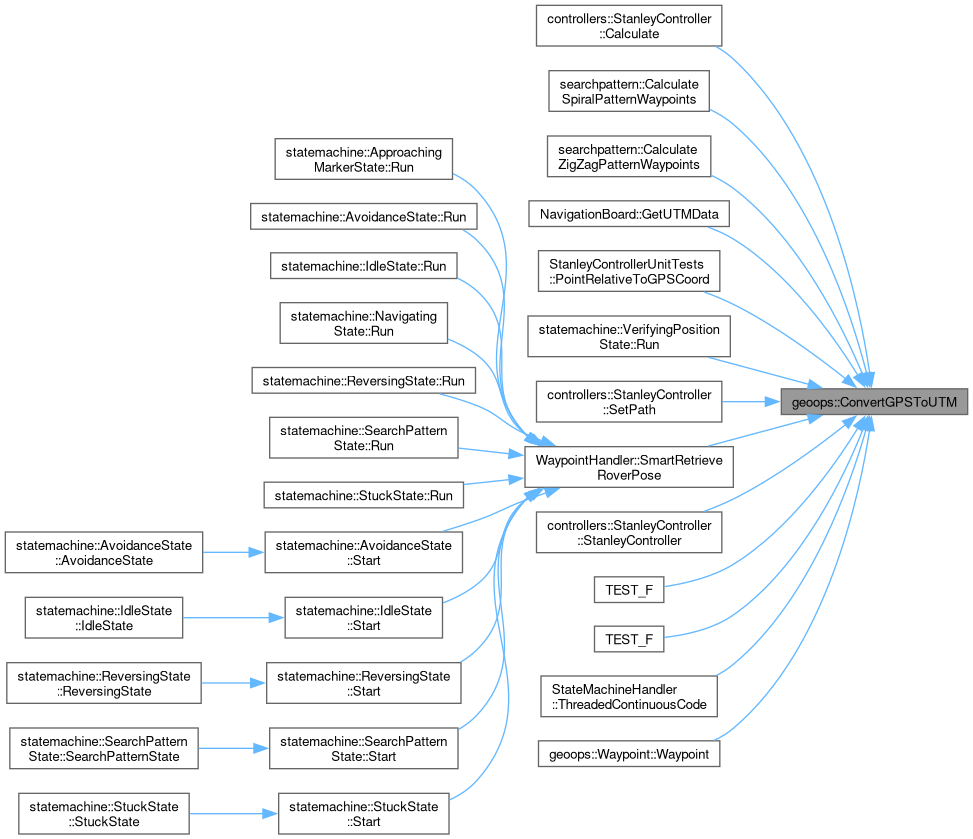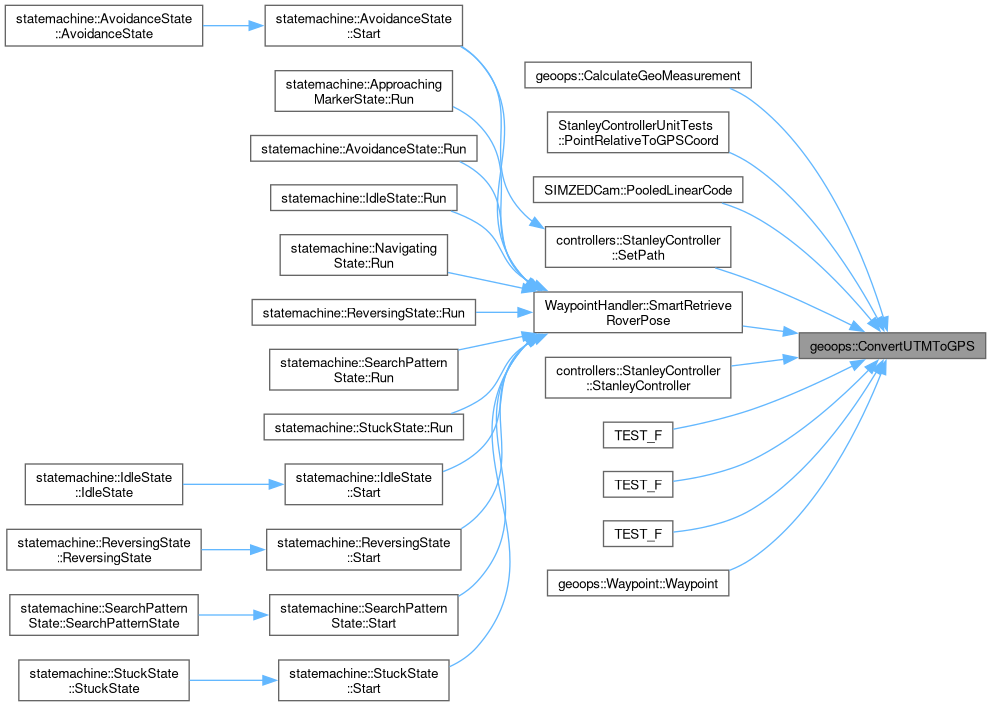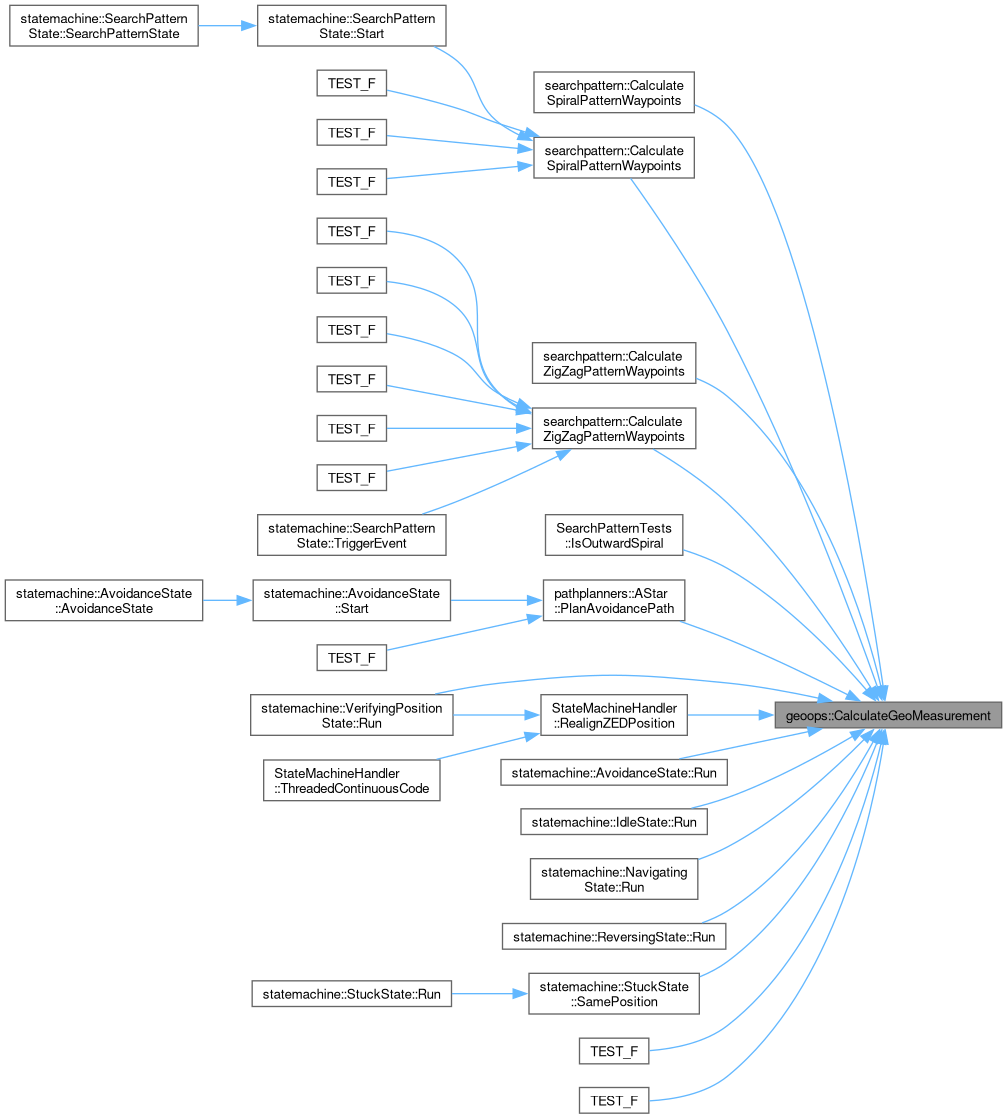303 {
304
306
307
308 stConvertCoord.d2DAccuracy = stGPSCoord.d2DAccuracy;
309 stConvertCoord.d3DAccuracy = stGPSCoord.d3DAccuracy;
310 stConvertCoord.dAltitude = stGPSCoord.dAltitude;
311 stConvertCoord.eCoordinateAccuracyFixType = stGPSCoord.eCoordinateAccuracyFixType;
312 stConvertCoord.bIsDifferential = stGPSCoord.bIsDifferential;
313 stConvertCoord.tmTimestamp = stGPSCoord.tmTimestamp;
314
315
316 try
317 {
318
319 GeographicLib::UTMUPS::Forward(stGPSCoord.dLatitude,
320 stGPSCoord.dLongitude,
321 stConvertCoord.nZone,
322 stConvertCoord.bWithinNorthernHemisphere,
323 stConvertCoord.dEasting,
324 stConvertCoord.dNorthing,
325 stConvertCoord.dMeridianConvergence,
326 stConvertCoord.dScale);
327 }
328 catch (const GeographicLib::GeographicErr::exception& geError)
329 {
330
331 LOG_ERROR(logging::g_qSharedLogger, "Unable to forward solve a GPSCoordinate to UTMCoordinate. GeographicLib error is: {}", geError.what());
332 }
333
334
335 return stConvertCoord;
336 }
This struct stores/contains information about a UTM coordinate.
Definition GeospatialOperations.hpp:195





